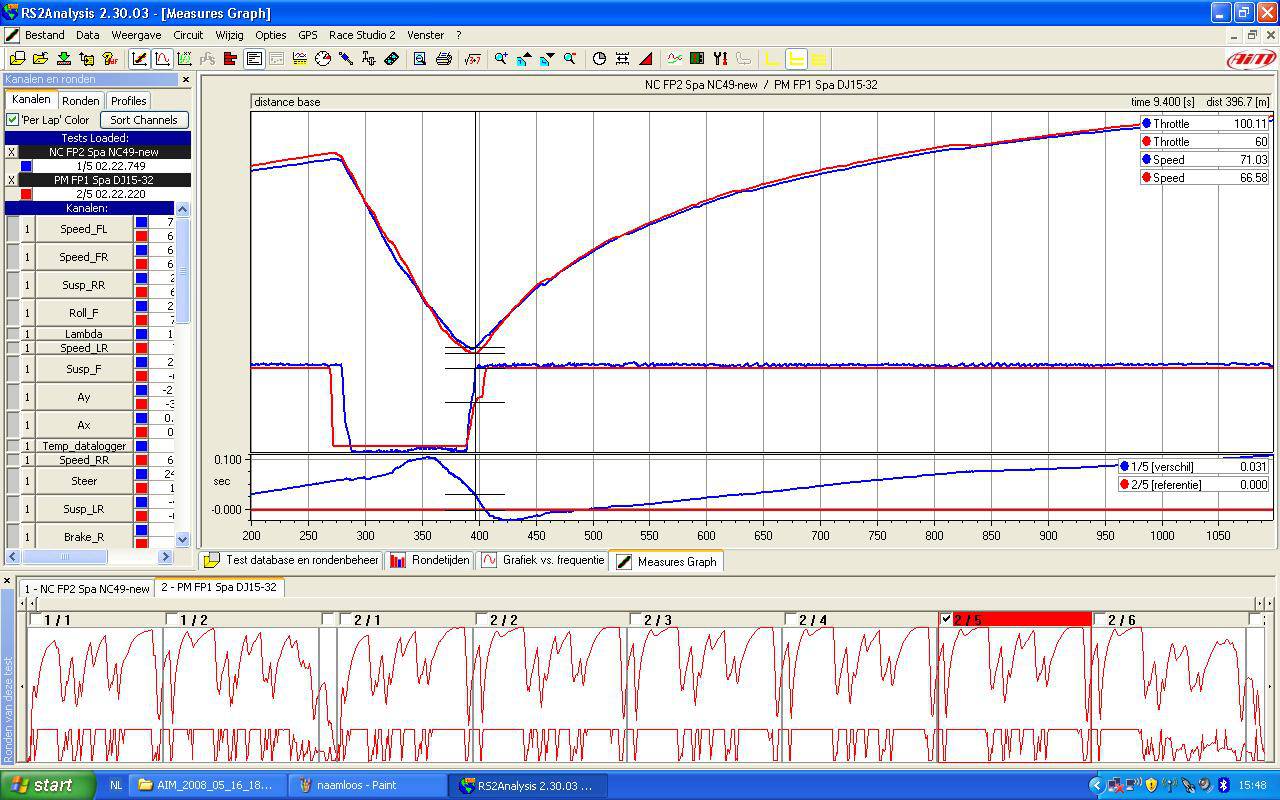It isn't about the moment at which drivers hit the throttle alone, it's about maximising the length of the straights and being on full throttle for a longer distance.
The drag racer comment by bandit 77 is of course correct but it doesn't work like that on the track, as he says.
A way to relate that to the corner to corner thing we see on the track is to imagine one of those drag racers (car B) starting the drag race 20 yards further back from the line, but the other guy (car A) cannot leave the line until car B is halfway towards it (10 yards still behind it). Let's assume slow cars so it's easier to envisage.
Because the length of the "race" is different for the two cars and they left at different times, the time gap between them will not stay the same even if acceleration curves are identical, and who wins the race depends on where you put the finish line, the further away it is the more chance car B has of winning. The time gap would actually only full stabilise once both cars have reached their maximum speed (assuming equal cars).
This is how slow-in, fast-out works. Instead of a start line being further back, your slowest point of the corner is further back. Its value is completely determined by the ratio of sacrifice to reward at a particular section.
 you dedicate for practice.. Starting slow also helps, but slow is slower than you think. I once asked a friend of mine, to try and brake with his left foot, VERY gently. Good i was wearing the seatbelt..
you dedicate for practice.. Starting slow also helps, but slow is slower than you think. I once asked a friend of mine, to try and brake with his left foot, VERY gently. Good i was wearing the seatbelt..
 sometimes in the LFS world of physics and setup choices the opposite is the fastest...
sometimes in the LFS world of physics and setup choices the opposite is the fastest...


 .
.